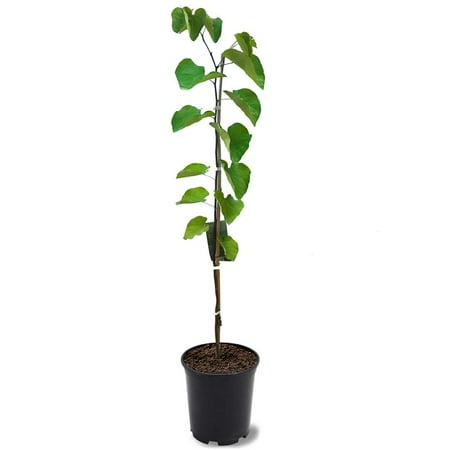Why you should never plant Bradford pear in your yard – how to control this invasive tree, plus the best native alternatives
Discover how to control Bradford pear trees with our expert guide


Bradford pear, or Pyrus calleryana, were once considered desirable ornamental trees. Fast-growing, low-maintenance and covered in white blooms every spring - what more could you ask for? Today, however, these trees are condemned as an ecological threat, feared for their aggressive habit.
Not only do Bradford pear trees outcompete native species, but their rapid growth and weak branch structure make them prone to splitting during stormy weather. And this is to say nothing of the foul smell of the flowers - likened to rotting fish, which does not quite have the same appeal as cherry or apple blossom.
Knowing how to control Bradford pear trees is crucial, and if you are considering planting one this year, think again. Here, two garden experts share the best strategies for managing this invasive tree and suggest one native alternative with beautiful pink blossom in spring, without any threat to the local environment.
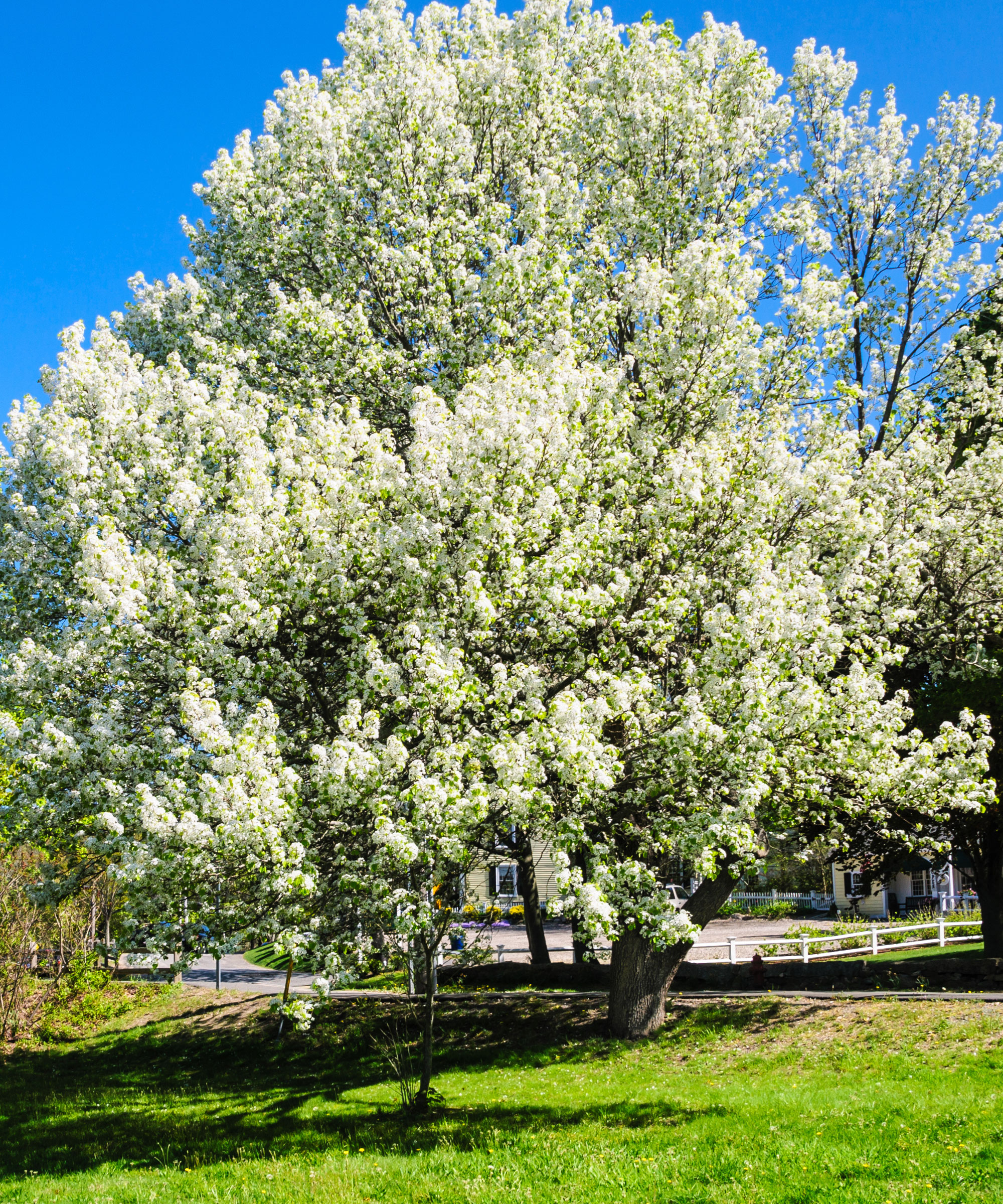
How to control Bradford pear trees
While you might like the look of the Bradford pear tree - also known as the Callery pear - there is much wrong with this invasive plant. Foul-smelling flowers, weak limbs, and rapid, aggressive growth.
So, when choosing trees for your yard, take the time to research the species to avoid running into danger further down the line, which can be costly and get you into bother with your local environmental enforcement team.
Why you should never plant Bradford pear
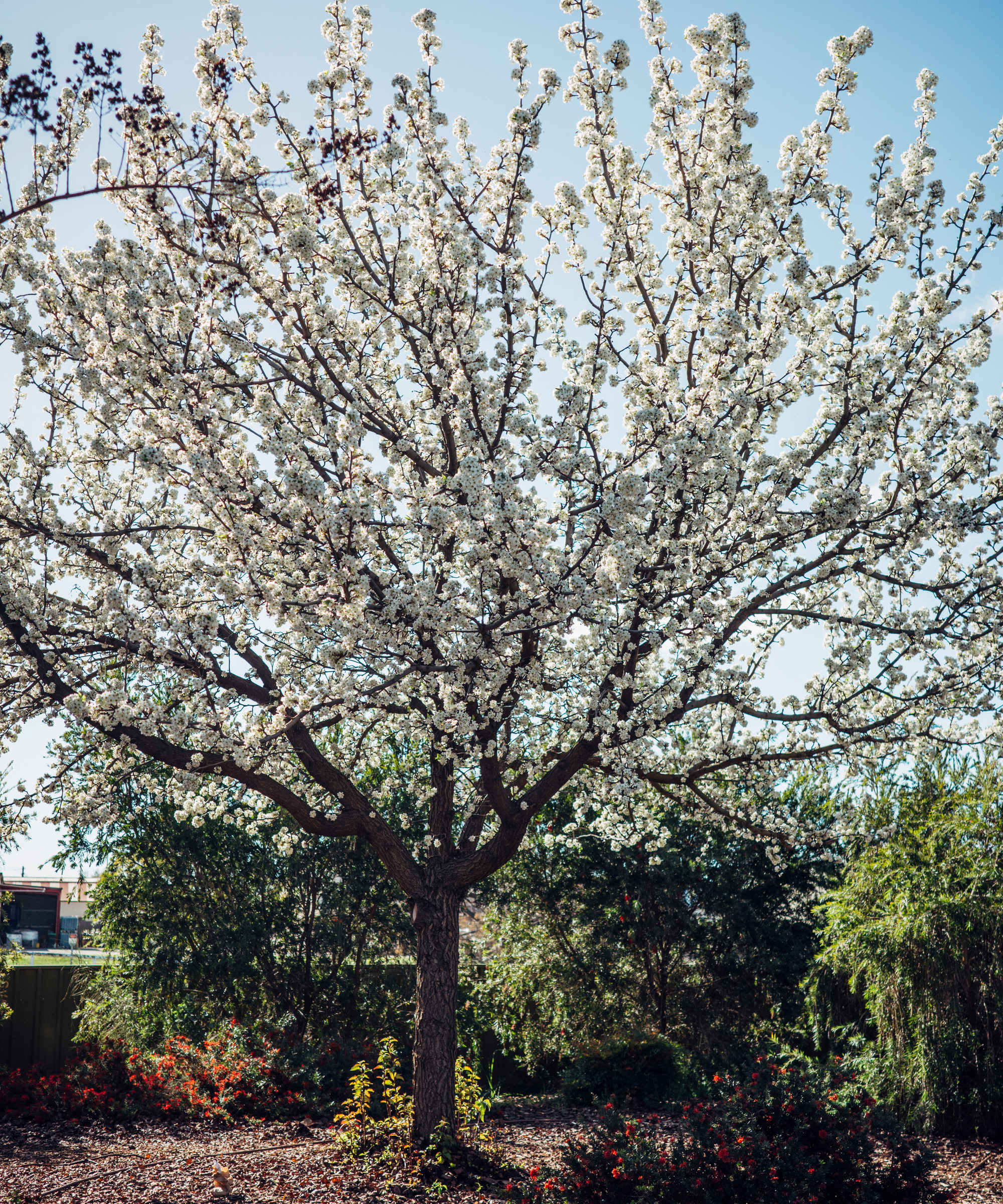
'In New Jersey, the Bradford pear is a highly invasive tree,' says Bert Bast, garden expert and owner of Bast Brothers Garden Center. 'When you see the white flowers in spring, it might look beautiful, but this aggressive tree is one species to never grow in your area.
'Along highways, residential sidewalks and in forested areas in my state, this invasive tree has encroached and spread, outcompeting our native species that would otherwise be host plants and food sources for wildlife. These fast-growing trees also have a dense branching habit, choking out any other plants that try to grow underneath.'
Design expertise in your inbox – from inspiring decorating ideas and beautiful celebrity homes to practical gardening advice and shopping round-ups.
While it might seem a shame to villainize this spring-blooming tree, it is certainly one to avoid for the reasons Bert mentions. Indeed, the Bradford pear is classified as an invasive species in 29 US states, including Ohio, Pennsylvania and South Carolina.
In some states, such as North Carolina, you can actually sign up for the 'Bradford pear bounty', whereby the Forest Service will offer a native plant replacement when you provide proof of having removed this invasive from your property.
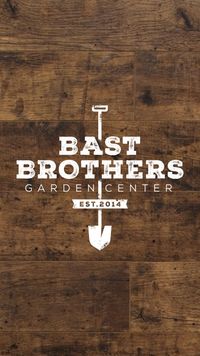
Bert Bast is a garden expert and owner of Bast Brothers Garden Centre. Established in 2014 and nestled in the heart of Mullica Hill, NJ, Bast Brothers Garden Center is a destination for all things garden.
How to control Bradford pear trees

For larger Bradford pear specimens, it is recommended that you call in the professionals. A local arborist or tree surgeon will be able to advise on the safest and most effective solution for removing these trees from your yard.
If you have a single, smaller tree growing, possibly propagated by seed from an established nearby tree, you might be able to deal with the problem yourself. Wearing protective eye gear, like these DeWalt goggles available from Amazon, you can either use a chainsaw or a pruning saw to cut down the tree, leaving a foot or so at the base. Then using a spade, dig down in a three-foot radius to remove the stump and as much of the root system as possible.
If new runners or shoots appear after you have cut down the tree, remove them. You might have to do this repeatedly, but eventually, with patience and consistency, you can eradicate this species.
Native alternatives to Bradford pear trees

'If I could give any gardener one piece of advice, it would be to keep Bradford pears out of your yard,' says Tabar Gifford, plant expert and American Meadows master gardener. 'They spread aggressively and hybridize with other pears, creating dense thickets that crowd out native plants.
'Instead, why not learn how to grow eastern redbuds, Cercis canadensis, a stunning native tree with vibrant pink flowers that benefit pollinators,' Tabar adds. 'Growing best from US hardiness zone 4 to zone 9, redbuds can tolerate a variety of soils, although full sun will give you the best blossom.'
Eastern redbud trees live starter plants are available from Walmart.
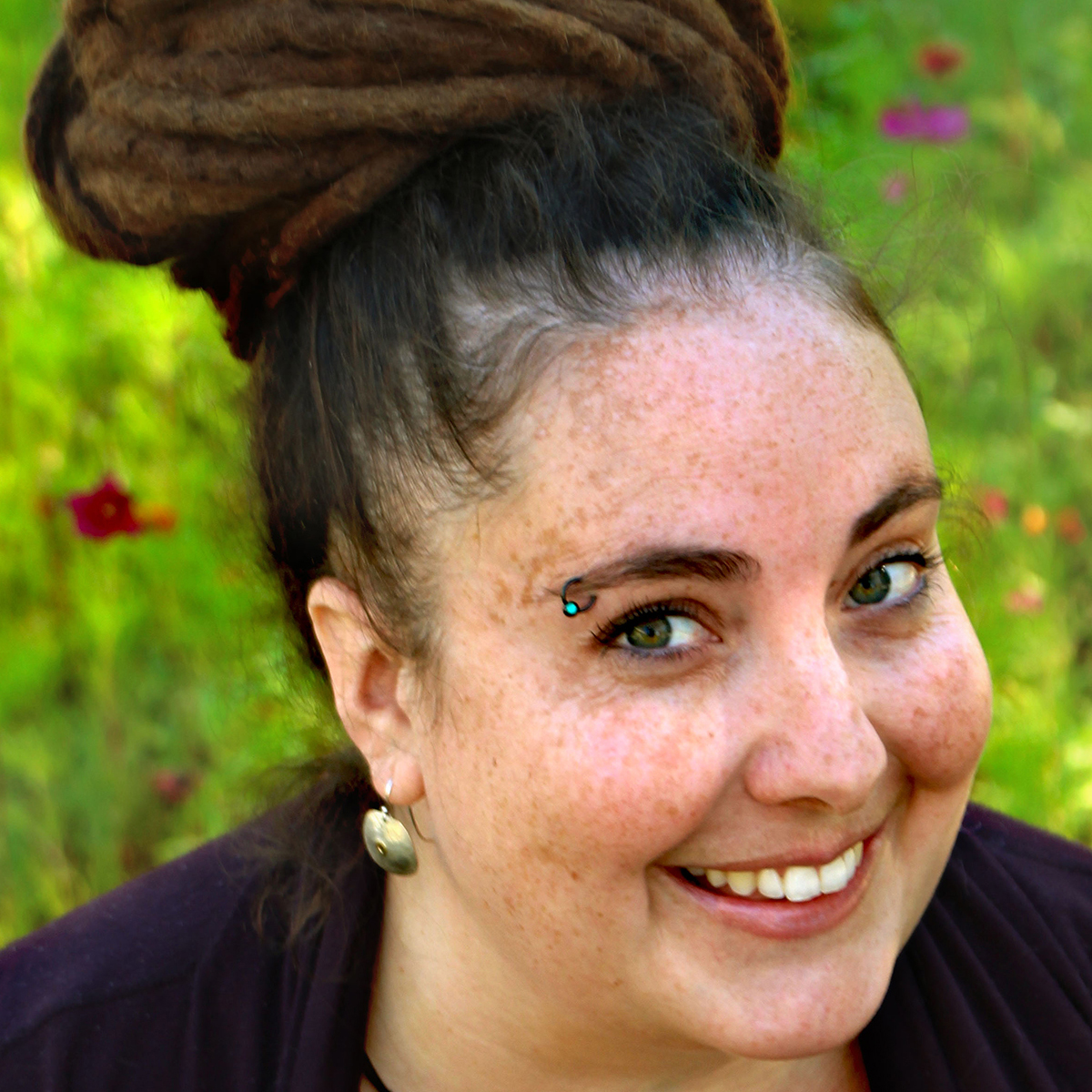
Tabar Gifford works as an American Meadows Master Gardener, and has a lifelong love for gardening and nature. With a background in environmental studies and sustainable community development, she enjoys combining her horticultural expertise with a commitment to education.
FAQs
Are Bradford pear trees toxic?
Yes, the Bradford pear is considered a poisonous tree. The seeds within the fruits are toxic and can cause gastrointestinal issues if eaten by cats and dogs. To be safe, it is a good idea to keep an eye on small children and pets when the tree is fruiting.
You can compost any leaves, flowers or branches that you cut down, just remember to chop any larger limbs into smaller pieces to improve the composting process.
For more information on tree species to avoid, see our guide on trees never to grow in a small backyard, with advice on the 'Tree of Heaven', Ailanthus altissima, which can also cause considerable damage to properties.

Thomas is a Content Editor within the Gardens Team at Homes and Gardens. He has worked as a professional gardener for both public spaces and private estates, specializing in productive gardening, growing food and flowers. Trained in Horticulture at the Garden Museum, he has written on gardening and garden history for various publications, including The English Garden, Gardens Illustrated, Hortus, The London Gardener and Bloom. He has co-authored a Lonely Planet travel book, The Tree Atlas, due out in 2024.

